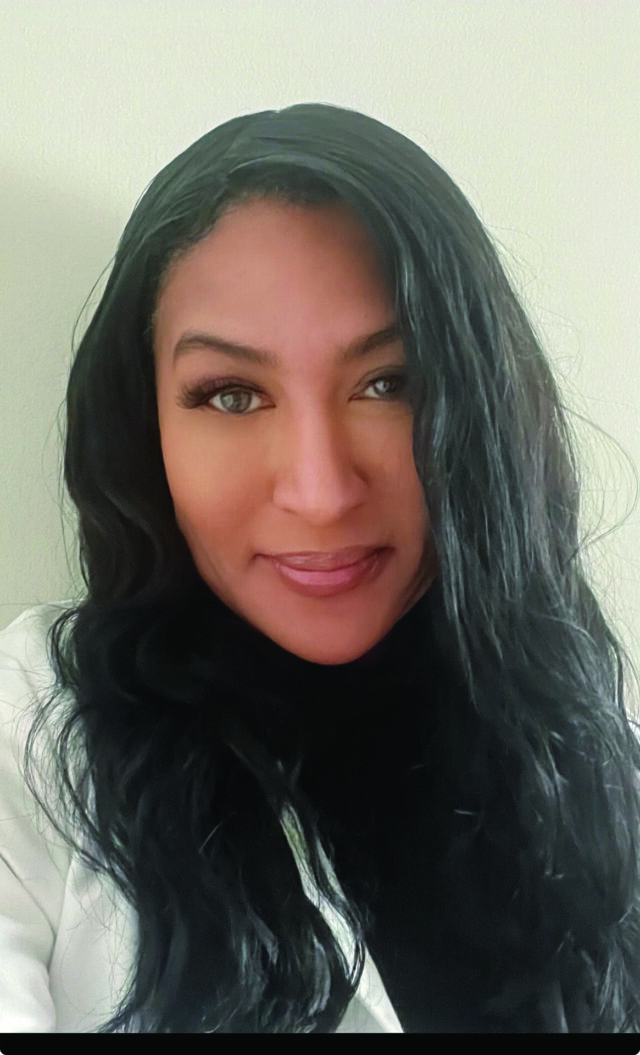
More Podiatry Foot Care Articles
Don’t Hide Your Toenails: Get Rid Of Fungus (Onychomycosis)
Onychomycosis is a fungal infection of the nails that causes discoloration, thickening, and separation from the nail bed. It occurs in 10% of the population, 20% of persons older than 60 years, and 50% of those older than 70 years. It is caused by a variety of organisms, but mostly caused by dermatophytes. Accurate diagnosis involves physical and microscopic examination and culture.
Nail fungus is a common condition that begins as a white or yellow spot under the tip of your fingernail or toenail. As the fungal infection goes deeper, nail fungus may cause your nail to discolor, thicken and crumble at the edge. It can affect several nails.
Does This Condition Pose
Physical and Emotional Problems?
Onychomycosis is a condition that can cause both physical and emotional effects. As toenail fungus grows and spreads deeper into the nail, it can cause the nail to swell and become discolored. The fungus can cause the nail to thicken and to crumble, and in some cases, it will cause the nail to completely detach. Toenail fungus also can be painful, causing irritation and burning in the infected area.
What Are the Conventional
Methods For Treating Toenail Fungus (Onychomycosis)?
The two most conventional treatment options include topical prescription or oral drugs. Topical agents typically are not very effective because infections are usually under the nail. Oral medications are around 50 percent effective and must be taken over a long period (six to eight weeks). They are associated with a number of adverse side effects and are not recommended for patients who have poor health or diabetes.
Prevention
Wash your hands and feet regularly. Wash your hands after touching an infected nail. Moisturize your nails after washing.
Trim nails straight across, smooth the edges with a file and file down thickened areas. Disinfect your nail clippers after each use.
Wear sweat-absorbing socks or change your socks throughout the day.
Choose shoes made of materials that breathe.
Discard old shoes or treat them with disinfectants or antifungal powders.
Wear footwear in pool areas and locker rooms.
What Is the FungiFree Method?
The FungiFree® method involves podiatrists, medical laser technicians and nutritionists who work with you to develop a comprehensive treatment plan to yield optimal results. It starts with a screening with the podiatrist, followed by specific bloodwork to provide extensive and detailed information of any deficiencies and triggers that may be directly correlated to the onychomycosis. The program will consist of laser treatments, nutritional supplements, and topical prescriptions. This plan is specific to your individual needs.
Is It Successful?
This method has been known to have an 80 percent success rate in treating toenail fungus with lasers and prescription strength topicals with clients that have been consistent with their treatment plan. Clinical research has been conducted and studies show the benefits of nutritional therapy.
There is no doubt that the addition of nutritional therapy based on blood work increases the success rate exponentially. This system is effective for clearing nails of both mild and severe forms of fungus.

















